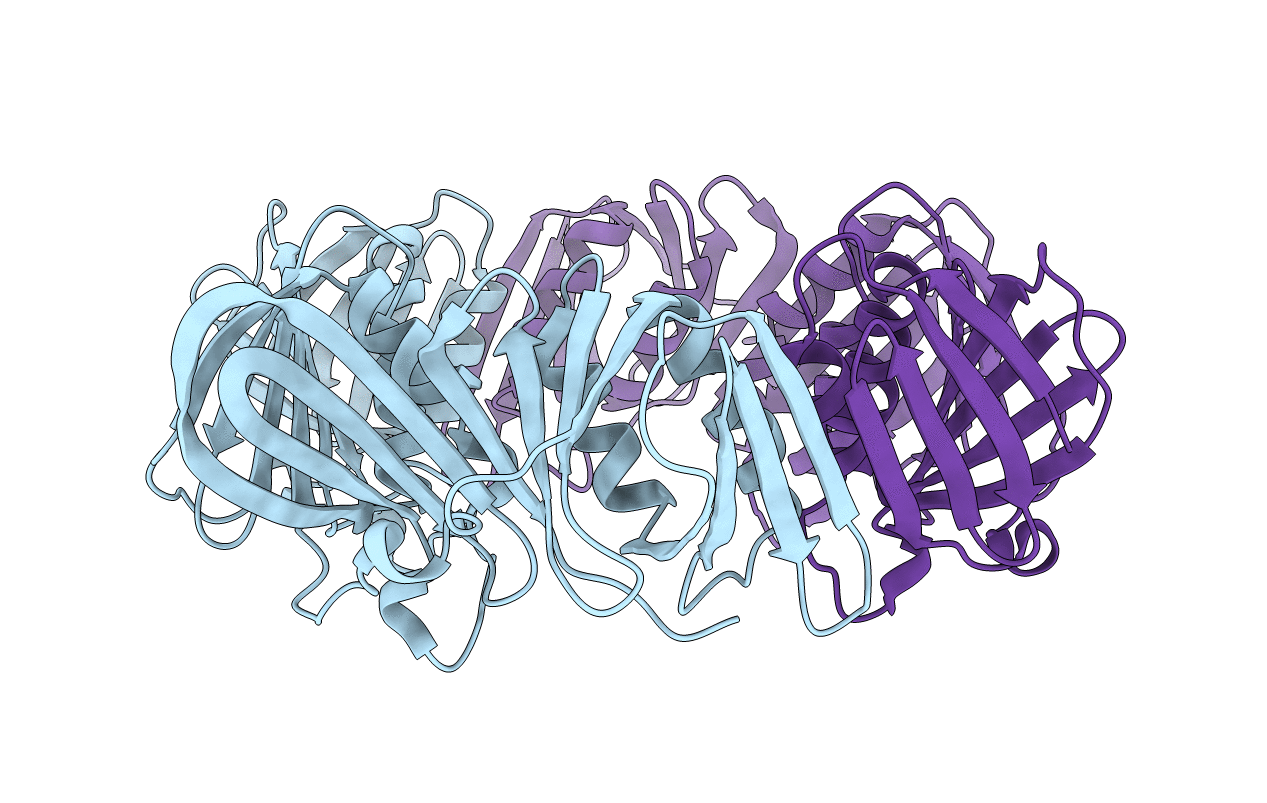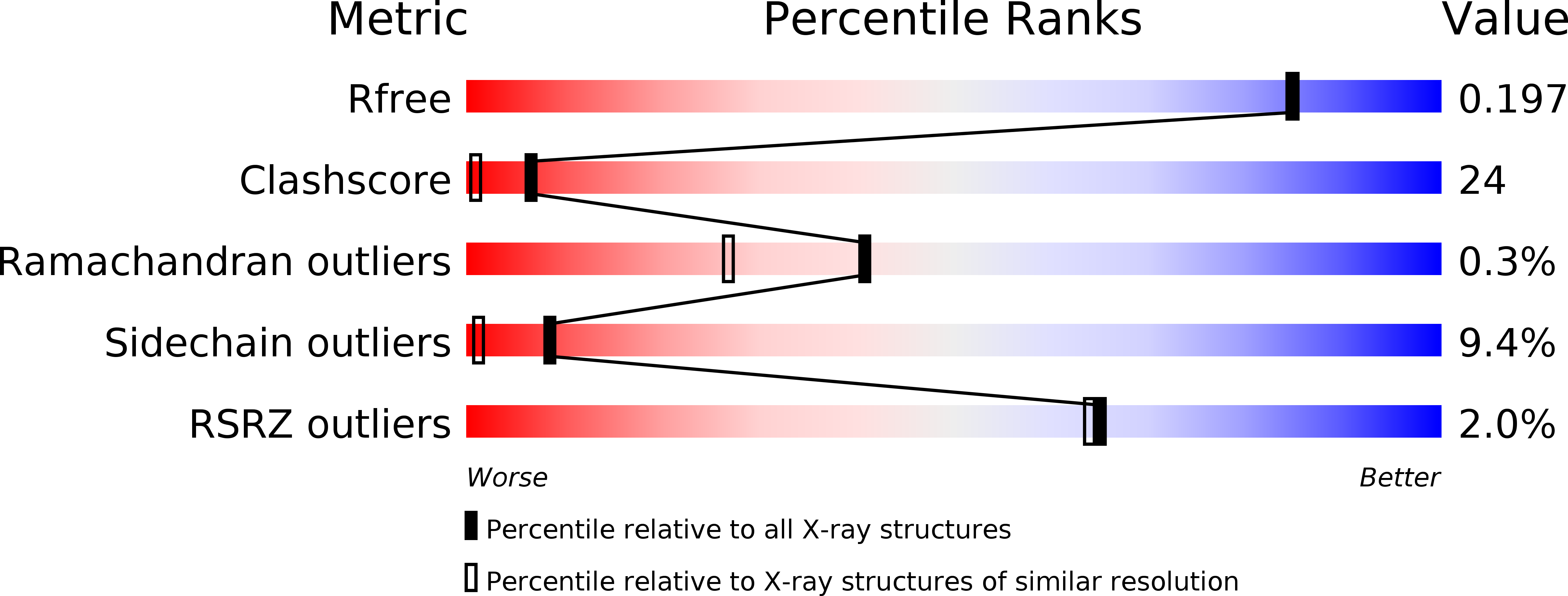
Deposition Date
2002-09-04
Release Date
2003-09-04
Last Version Date
2024-02-14
Method Details:
Experimental Method:
Resolution:
1.85 Å
R-Value Free:
0.24
R-Value Work:
0.18
R-Value Observed:
0.19
Space Group:
P 1 21 1


